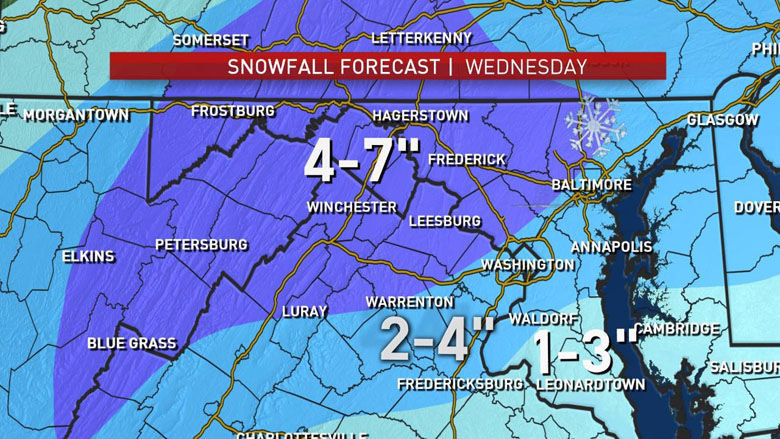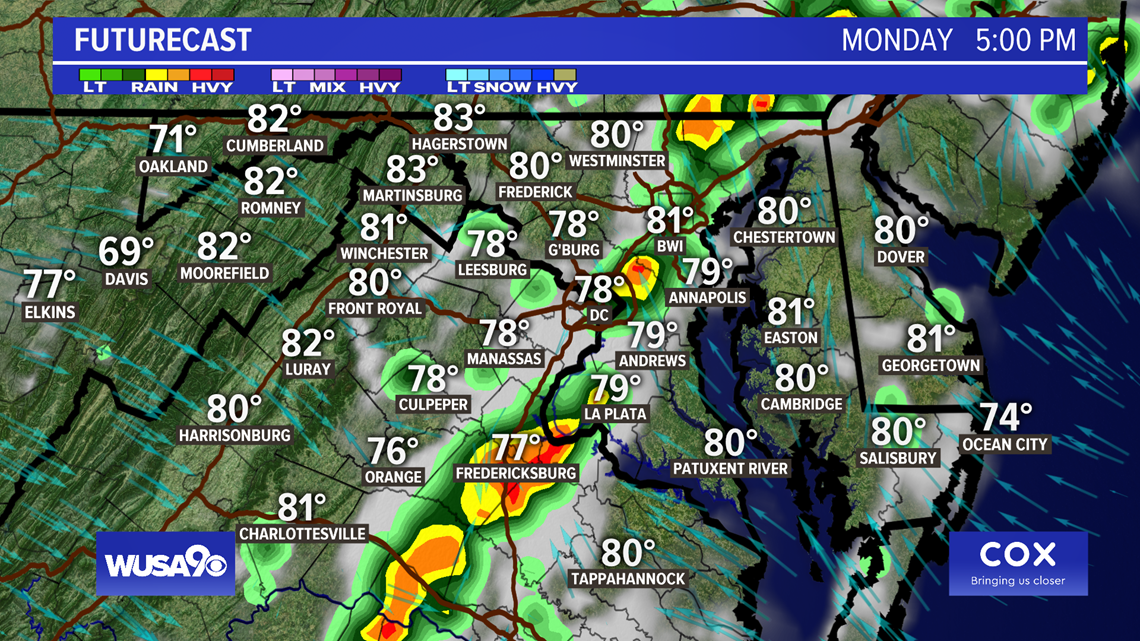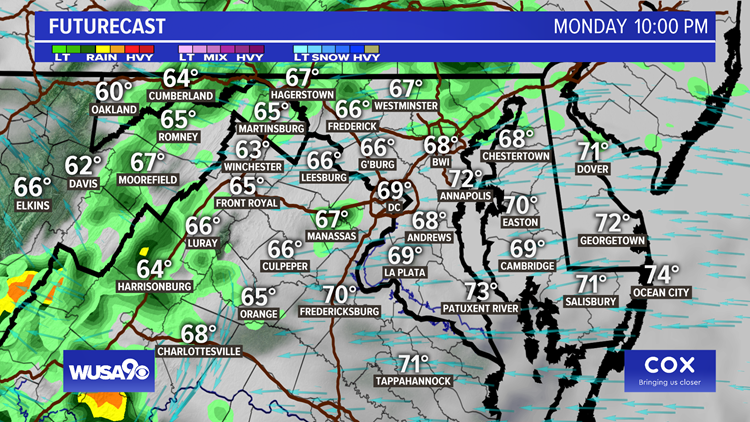

On Sunday, dozens of drivers were rescued after a mudslide trapped them on a road near Lake Hughes in northern Los Angeles County. Hundreds of miles south, some mountain and desert communities in Southern California have been deluged by rain and faced flash flood warnings as a result of the remnants of Tropical Storm Kay. More than 11,000 people living in rural foothill communities have been forced to evacuate by the fire, and at least 46 buildings have been destroyed, including 25 homes, Cal Fire said. Though Cal Fire expected stronger winds on Tuesday that could fan the flames, the breezes sometimes waft away smoke, making it easier for crews to attack the fire from above by dropping water from helicopters. Track all the major fires here › By The New York TimesĬooler weather and higher humidity over the weekend and early this week had aided firefighters, who faced difficult conditions last week during a triple-digit heat wave. Also, rising sea levels are contributing to higher storm surge - the most destructive element of tropical cyclones.Įduardo Medina and Derrick Bryson Taylor contributed reporting. Hurricanes are also becoming wetter because of more water vapor in the warmer atmosphere scientists have suggested storms like Hurricane Harvey in 2017 produced far more rain than they would have without the human effects on climate.

A warming planet can expect stronger hurricanes over time and a higher incidence of the most powerful storms - though the overall number of storms could drop, because factors like stronger wind shear could keep weaker storms from forming. Data shows that hurricanes have become stronger worldwide during the past four decades.

The links between hurricanes and climate change have become clearer with each passing year. For the past two years, meteorologists have exhausted the list of names used to identify storms during the Atlantic hurricane season, an occurrence that has happened only one other time, in 2005. Last year, there were 21 named storms, after a record-breaking 30 in 2020. Three to five of those could strengthen into what the agency calls major hurricanes - Category 3 or stronger - with winds of at least 111 m.p.h. In it, they predicted the season could see 14 to 20 named storms, with six to 10 turning into hurricanes that sustain winds of at least 74 m.p.h. In early August, scientists at the National Oceanic and Atmospheric Administration issued an updated forecast for the rest of the season, which still called for an above-normal level of activity. But storm activity picked up in early September, with Danielle and Earl, which both eventually became hurricanes, forming within a day of each other. There were no named storms in the Atlantic during August, the first time that had happened since 1997. The Atlantic hurricane season, which runs from June through November, had a relatively quiet start, with only three named storms before September. A similar message was shared by officials in St. “Residents and business owners are requested to review their hurricane season preparations, and to make sure their property” is storm and hurricane ready, officials said.

Maarten on Wednesday asked residents to remain vigilant. “So if you’re anywhere in the Caribbean belt, keep an eye on Fiona and at least get ready for a strong tropical storm to come through.” “Our intensity prediction here is kind of low-confidence,” said John Cangialosi, a meteorologist with the Hurricane Center, on Wednesday. Virgin Islands, Puerto Rico and eastern Hispaniola, forecasters said, adding that rains could produce flash flooding and create mudslides. Up to six inches with isolated higher amounts was forecast for the northern Leeward Islands, the British and U.S. The storm was also expected to bring a considerable amount of rain across the region. The storm’s strength was not forecast to change much in the coming days. Tropical storm watches - meaning that tropical storm conditions are possible, generally within 48 hours - were issued for islands including Antigua, Barbuda, St. Fiona was expected to move through the Leeward Islands late Friday and then move near the Virgin Islands and Puerto Rico over the weekend, forecaster said.


 0 kommentar(er)
0 kommentar(er)
